Increasing Demand for Fuel Efficiency
The 2-Wheeler Fuel Tank Market is experiencing a notable surge in demand for fuel-efficient vehicles. As consumers become more environmentally conscious, manufacturers are compelled to innovate and produce lighter, more efficient fuel tanks. This trend is reflected in the growing sales of two-wheelers, which have seen an increase of approximately 5% annually over the past few years. The emphasis on reducing carbon footprints has led to advancements in fuel tank designs, optimizing capacity while minimizing weight. Consequently, this driver is pivotal in shaping the future of the 2-Wheeler Fuel Tank Market, as it aligns with global sustainability goals and consumer preferences for cost-effective transportation solutions.
Regulatory Compliance and Emission Standards
The 2-Wheeler Fuel Tank Market is significantly influenced by stringent regulatory frameworks aimed at reducing vehicular emissions. Governments worldwide are implementing more rigorous emission standards, compelling manufacturers to adapt their fuel tank designs to comply with these regulations. For instance, the introduction of Euro 5 standards has necessitated innovations in fuel tank technology to ensure that two-wheelers meet the required emission limits. This regulatory pressure not only drives technological advancements but also fosters competition among manufacturers to develop compliant and efficient fuel tanks. As a result, the 2-Wheeler Fuel Tank Market is likely to witness a shift towards more sustainable practices, enhancing the overall market landscape.
Rising Popularity of Urban Mobility Solutions
The 2-Wheeler Fuel Tank Market is benefiting from the increasing popularity of urban mobility solutions. As cities become more congested, two-wheelers are emerging as a preferred mode of transportation due to their agility and ease of parking. This trend is supported by a rise in urban populations, which has led to a projected growth rate of 6% in two-wheeler sales over the next five years. Consequently, the demand for efficient fuel tanks that cater to urban commuting needs is on the rise. Manufacturers are thus focusing on developing fuel tanks that not only enhance performance but also align with the compact design requirements of urban two-wheelers, further propelling the market.
Expansion of E-commerce and Online Sales Channels
The 2-Wheeler Fuel Tank Market is experiencing a transformation due to the expansion of e-commerce and online sales channels. With the increasing penetration of the internet and mobile devices, consumers are increasingly turning to online platforms for purchasing two-wheelers and their components, including fuel tanks. This shift is expected to drive market growth, as online sales channels provide greater accessibility and convenience for consumers. Additionally, manufacturers are leveraging digital marketing strategies to reach a broader audience, enhancing brand visibility and customer engagement. As e-commerce continues to grow, it is likely to have a lasting impact on the 2-Wheeler Fuel Tank Market, reshaping traditional sales models and consumer purchasing behaviors.
Technological Advancements in Fuel Tank Manufacturing
The 2-Wheeler Fuel Tank Market is witnessing a wave of technological advancements that are revolutionizing fuel tank manufacturing processes. Innovations such as advanced polymer materials and 3D printing techniques are enabling manufacturers to create more durable and lightweight fuel tanks. These advancements not only improve the performance of two-wheelers but also reduce production costs, making it economically viable for manufacturers to invest in new technologies. The integration of smart technologies, such as fuel level sensors and monitoring systems, is also becoming prevalent, enhancing user experience and safety. As these technologies continue to evolve, they are likely to play a crucial role in shaping the future of the 2-Wheeler Fuel Tank Market.


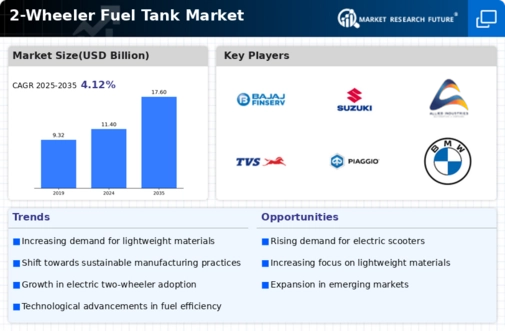
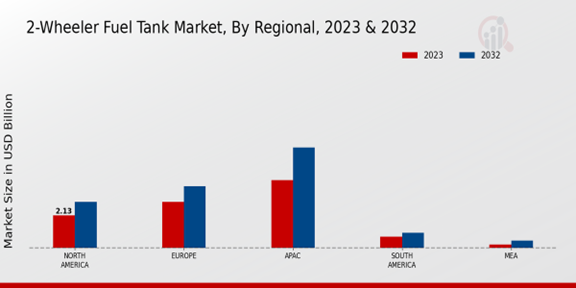
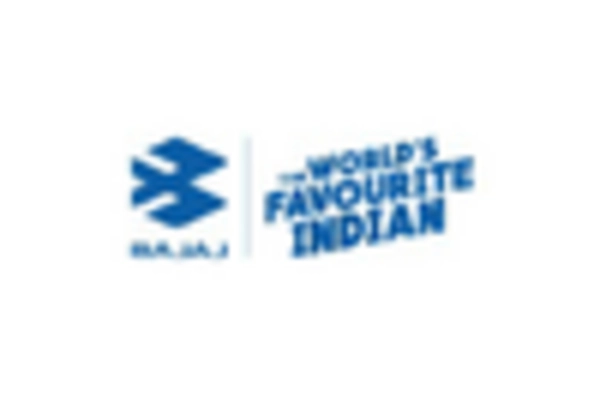

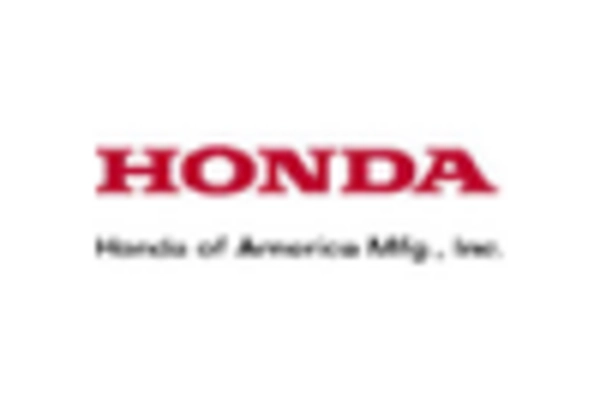
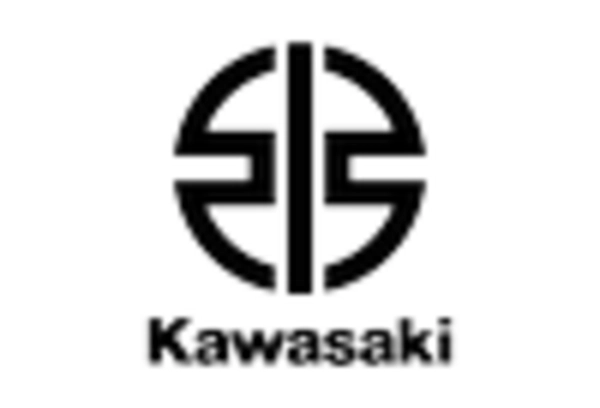
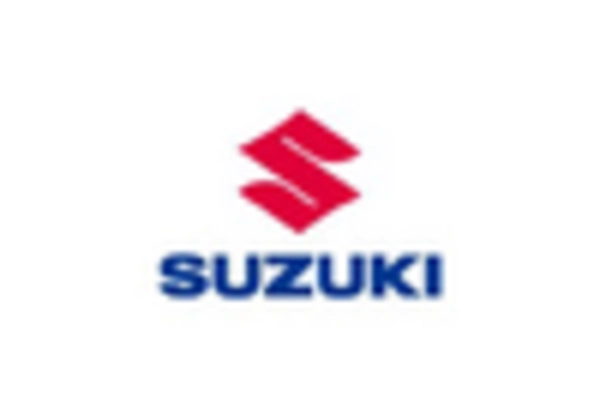
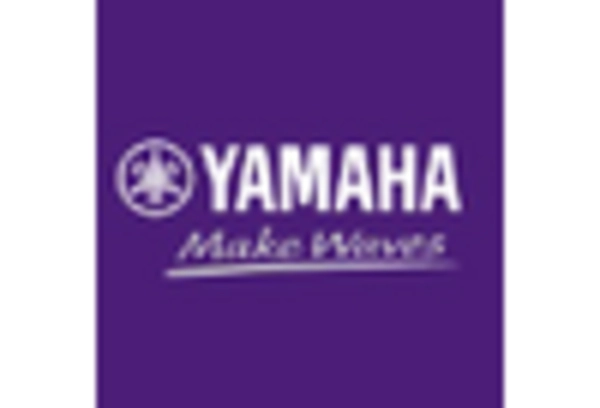








Leave a Comment